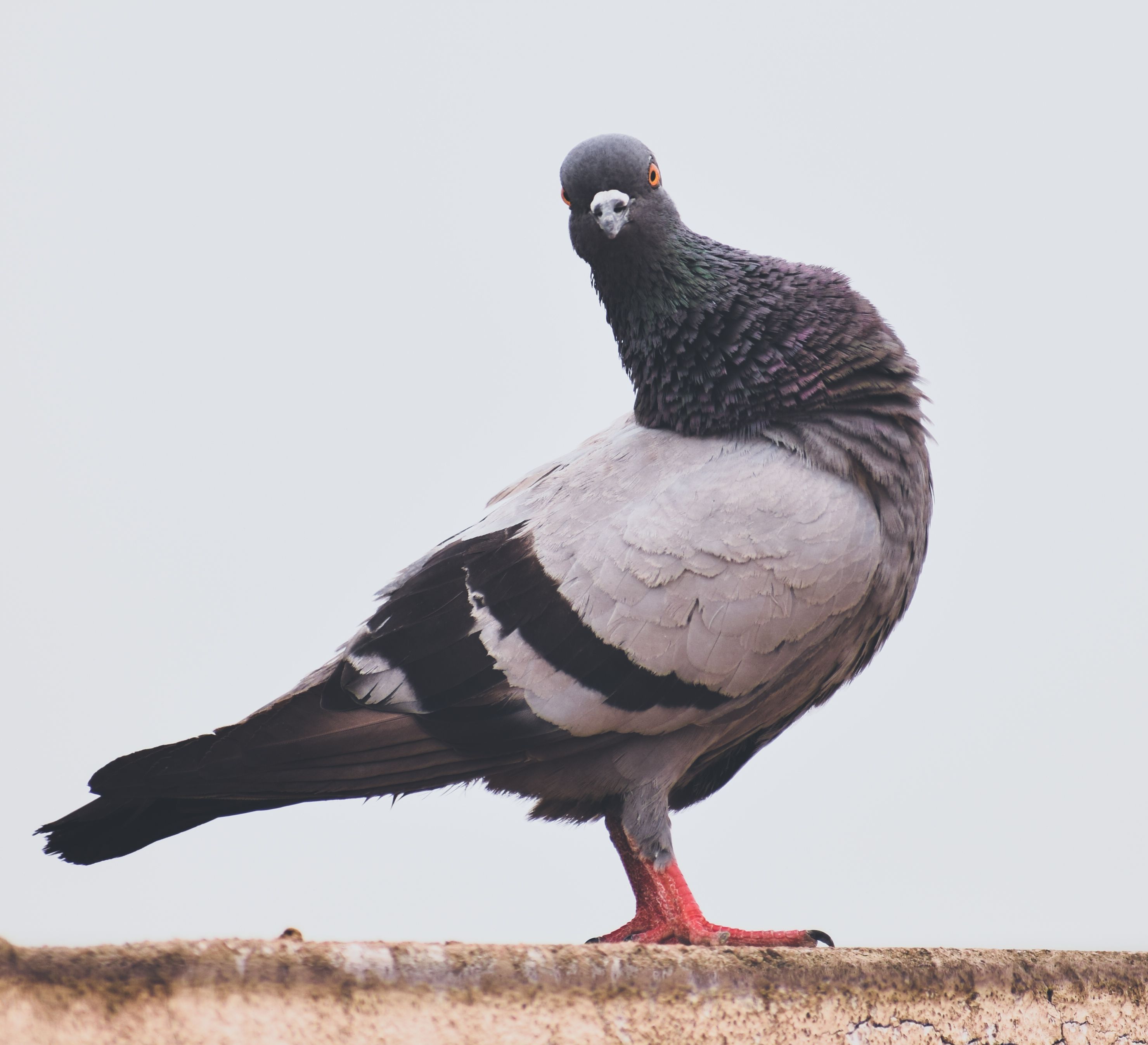Why Pigeons at Rest Are at the Center of Complexity Theory
Complexity theory is a branch of mathematics and science that studies the behavior of complex systems. At first glance, pigeons resting may seem like a simple and mundane activity. However, when observed closely, the interactions and behaviors of pigeons at rest can reveal patterns and structures that are essential to understanding complex systems.
Pigeons are social creatures and often form groups while resting. These groups exhibit emergent behaviors, where the collective actions of individuals lead to unpredictable outcomes. This phenomenon is a fundamental aspect of complexity theory, as it highlights the interconnectedness and interdependence of elements within a system.
Furthermore, the movement and communication within pigeon groups while resting follow nonlinear dynamics. This means that small changes in one pigeon’s behavior can have significant and unpredictable effects on the entire group. Understanding these non-linear relationships is crucial in studying complex systems.
Additionally, pigeons at rest display self-organization and adaptation to their environment. They often adjust their positions and behaviors based on various factors such as weather conditions and the presence of predators. This adaptive behavior mirrors the resilience and adaptability seen in complex systems.
Moreover, the study of pigeons at rest can provide insights into the concepts of emergence and self-organization, which are central to complexity theory. By observing how simple interactions between pigeons lead to the emergence of collective behaviors and structures, researchers can gain a deeper understanding of how complex systems evolve and function.
In conclusion, pigeons at rest may appear unassuming at first glance, but they play a significant role in the study of complexity theory. Their social interactions, nonlinear dynamics, and adaptive behaviors all contribute to our understanding of complex systems. By examining pigeons at rest, researchers can uncover valuable insights that can be applied to a wide range of disciplines, from biology to economics to sociology.






More Stories
The Future of Manufacturing Might Be in Space
Why Balcony Solar Panels Haven’t Taken Off in the US
The EPA Is Giving Some Forever Chemicals a Pass